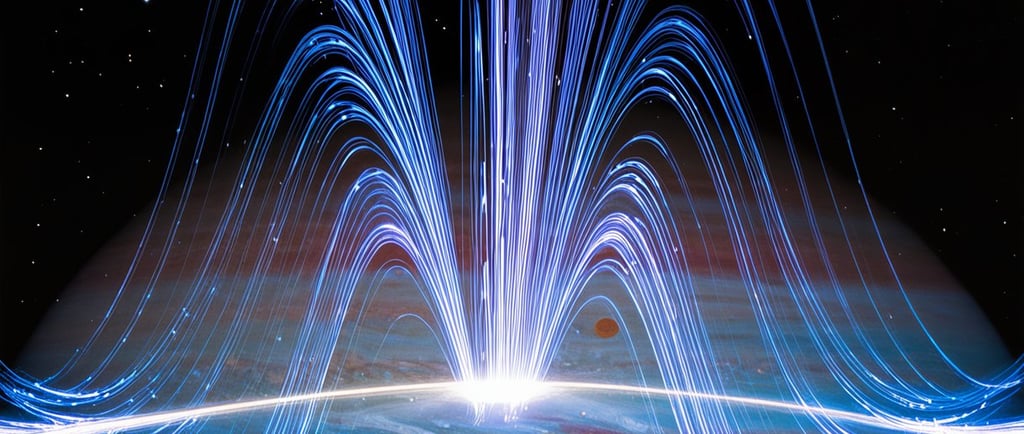TRIHYDROGEN CATION Emission in Jupiter’s Aurora


Introduction to H3+ Emission
The trihydrogen cation, known as H3+, is a remarkable molecule that plays a crucial role in the atmospheric chemistry of various celestial bodies, including Jupiter. Recent studies have indicated that the emission from H3+ is not only prevalent but also exhibits significant variability. Such findings have important implications for our understanding of Jupiter's upper atmosphere, particularly the mechanisms of heating and cooling.
The Role of H3+ in Auroras
Auroras are fascinating phenomena that occur when charged particles from solar winds collide with a planet's atmosphere. In the case of Jupiter, the interaction of these particles results in the formation of H3+ within its atmosphere. Scientists have recently observed that the emission from the trihydrogen cation can be influenced by numerous environmental factors, leading to a more dynamic understanding of its variability. This variability is essential for assessing how Jupiter manages energy in its upper atmospheric layers.
Implications for Atmospheric Research
The variable nature of H3+ emission is not merely a curiosity but has broader implications for atmospheric research on Jupiter. By establishing a clearer picture of how H3+ emissions fluctuate, researchers can gain insights into the processes that govern the planet’s thermal structure. Investigations focusing on this ionic molecule enable scientists to develop better models of thermal dynamics within Jupiter’s atmosphere, ultimately enhancing our understanding of planetary atmospheres in general.
In summary, the emission from the trihydrogen cation H3+ serves as an important key to unraveling the complexities of Jupiter’s atmospheric behavior. As ongoing research continues to uncover the variability of this emission, significant strides can be made in understanding how the giant planet’s upper atmosphere is heated and cooled. Such knowledge not only informs our comprehension of Jupiter but also contributes to the fields of astrophysics and planetary science, revealing the intricate dance of chemical and physical processes at play across our solar system.
